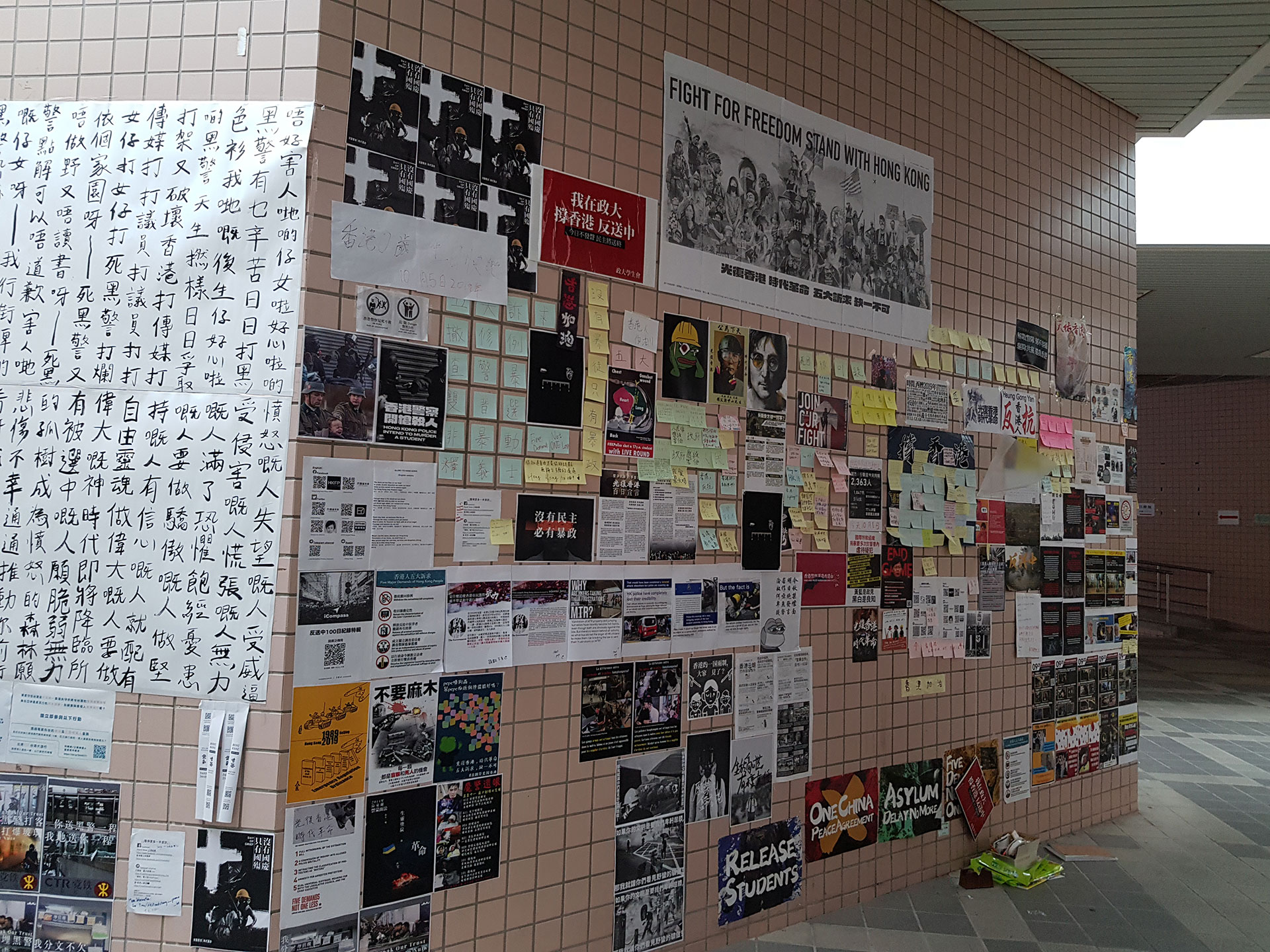AT THE START OF 2019, marking the fortieth anniversary of Beijing’s call in 1979 for an end to military confrontation across the Taiwan Strait, Chinese President Xi Jinping expressly linked unification to the ‘national rejuvenation’ that is at the heart of his much-promoted notion of the China Dream. He called for ‘in-depth democratic consultations for a cross-strait relationship … and transitional arrangements for the peaceful development of cross-Strait ties’. Taiwan’s President Tsai Ing-wen responded by stating that Taiwan would not cede its sovereignty.
In Taiwan — the region with the most complicated ties with the People’s Republic of China (PRC) — the China Dream has not been warmly embraced. Beginning in 2013, when Chinese authorities began promoting the slogan, many Taiwanese commentators charged that it concealed a plan to force Taiwan’s ‘reunification’ with the mainland. The then minister of the Mainland Affairs Council of Taiwan, Chen Ming-Tong, is reported to have said that ‘the Taiwanese Dream and the China Dream are mostly incompatible with each other’.1 According to Chen, the Taiwanese Dream is about security, sovereignty, and human rights, and China cannot accept such ‘dreams’.
The China Dream seems in some ways like a duplication of the American Dream; even Xi himself claimed on a visit to Seattle in September 2015 that the China Dream parallels the American Dream. As Jeffrey Wasserstrom notes, at the core of the American Dream are the ‘tales of individuals and families bettering their situations through their own efforts’. Xi’s China Dream also encompasses this. However, while the American Dream emphasises individualism and requests that political authorities get out of the way, the China Dream emphasises the role of the state and the Chinese Communist Party in enabling people to pursue better lives.
Xi’s proposed rejuvenation of the great Chinese nation poses practical as well as ideational challenges for Taiwan. A standout example of China’s pursuit of national rejuvenation on the world stage is the Belt and Road Initiative. For the Government of the Republic of China in Taipei, resisting the initiative could result in the loss of Taiwan’s position in the global economic chain. At the same time, wholehearted participation in the scheme would mean buying into the China Dream, and potentially ceding to Beijing’s leverage that might be used to force talks on unification.
Taipei has tried different strategies to hedge against a hegemonic Chinese national rejuvenation; it has tried (and failed) to join the Trans-Pacific Partnership and the Regional Comprehensive Economic Partnership. But Taiwan has been more successful in building an international profile as a great place for doing business (in contrast with the mainland). Taiwan ranked thirteenth out of 190 jurisdictions listed in the World Bank’s 2019 Ease of Doing Business Index. The PRC is far behind in forty-sixth place. And Taipei’s New Southbound Policy aims at strengthening the island’s ties with eighteen countries in South and South-East Asia and Australasia, including Australia and New Zealand. It promotes cooperation in trade, technology, agriculture, medicine, education, and tourism.
China’s perceived aggressiveness in pursuit of national greatness raises other concerns for Taipei. Taiwan is paying particular attention to developments in Xinjiang province and Hong Kong. In August 2019, a commentary posted on The Storm Media discussed the current situation in Xinjiang and Hong Kong, arguing that the China Dream was characterised by ‘bullying patriotism’.2 The author warned the Taiwanese people of the risks of signing up to the China Dream.
The 2019 Hong Kong protests — triggered by an extradition bill that Beijing said was needed to bring to justice a suspected murderer who committed the crime in Taiwan and hid in Hong Kong — have had a profound impact on Taiwanese society. Taiwan’s political leaders have pointed to the Hong Kong protests to highlight the failings of the One Country, Two Systems model (notably, Beijing’s failure to respect Hong Kong’s semi-autonomy), which is the same model Beijing proposes for Taiwan’s reunification with the mainland. Sympathy for Hong Kong protestors prevails; according to a poll released in June 2019, more than seventy percent of Taiwanese support Hong Kong’s anti-extradition protests.3 In addition to posting comments criticising the Hong Kong police and China on social media, Taiwanese supporters have established ‘Lennon Walls’ on the campuses of all major universities in Taiwan. Lennon Walls have also suddenly appeared in some of Taiwan’s famous tourist spots, although local authorities have been quick to take them down. Lennon Walls and activities organised in support of the Hong Kong protests have angered some mainland Chinese students and tourists in Taiwan. Some have vented their anger by tearing down posters from Lennon Walls.4 According to the poll conducted by the Mainland Affairs Council of Taiwan in August 2019, more than eighty percent of the Taiwanese population opposes the One Country, Two Systems model for Taiwan’s reunification with the mainland. Such surveys highlight a big divide between the Chinese mainland and Taiwan over the China Dream of national rejuvenation. For many Taiwanese, ‘the rejuvenation of the Chinese nation’ no longer ends with a question mark, but with an exclamation mark. It is a vision of a Chinese future that many Taiwanese refuse to embrace, preferring instead to leave themselves unrestricted, each to pursue dreams of his or her own.



